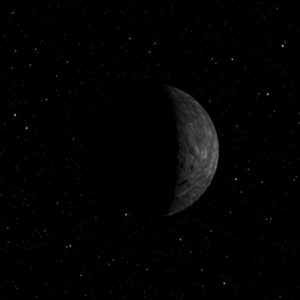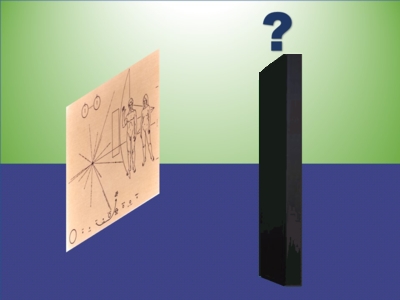Well, after a productive week, I kind of let things slide. I did make some progress though.
Aiming the Camera
I worked on the aiming problem in the animation. I experimented with some of the Blender animation features to see if I could get Blender to handle the aiming issue. From what I can tell, it should be possible, but I wasn’t able to get it to work for me, so went back to the way I had done it so far.Sometimes the problem was the interpolation Blender did, but a few times it turned out I had mistyped some information. I don't think I got everything, but I think it looks OK. I think I’m done with this step now.
A More Interesting Star
I tried to do something with the star to make it more interesting to look at. Right now, it is featureless and rather boring to look at. I had cut down the length of time the camera aims at it, but it still seems to go by very slowly. I tried to add texture to the star surface. I tried to add an atmosphere layer to give some distortion. Nothing I tried got me anything I thought looked better. In fact, I couldn’t see any difference at all.Captions and Audio
My original plan was to add captions to the video to describe what is on the screen. Then would add some "spacy" sounds in the background. NASA has produced some audio files for various planets in the solar system based on the radio waves they produce. Some of the sounds are very eerie. I used some for my “旅行火星 (My Trip to Mars)” video.I discussed my plans with someone at the script group I joined. He suggested that I have some voice overs. For example, a "mission control" voice, a news anchor and "color commentator". I have thought about the suggestion at length. I find the idea attractive, but it would also mean it will take me longer to finish the movie.
I would need to write dialogue for the character, find voice actors to play the parts, and then arrange for the sound recording. I’m not all that keen to take that route. On the other hand, I wanted to take a similar approach with the revised version of “The Barrier” I want to finish. It would be an opportunity to practice the method on a small project before I tackle the big project.



